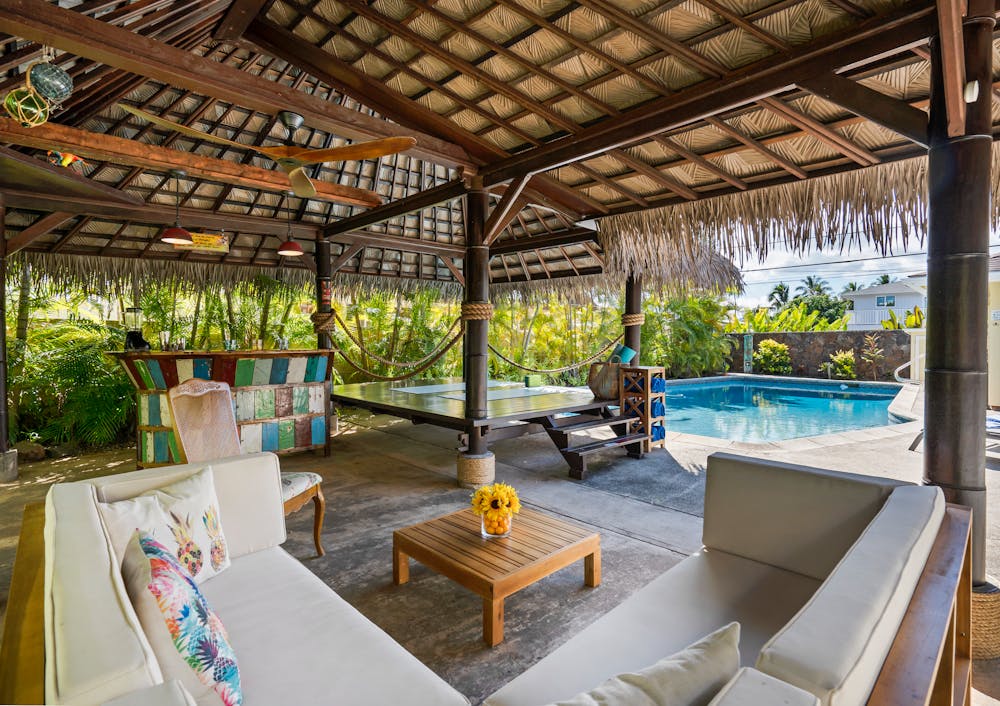Picture yourself entering a chic, contemporary corporate office building filled with greenery that brings nature into this concrete-and-glass world—yet demands no water or light and very little maintenance. Welcome to the world of artificial plants, a green solution to the environment and budgetary concerns. As demands grow for commercial properties and people are more restrained by budgets, artificial plants emerge as a savvy alternative to their natural counterparts.
These are the environmental and cost benefits you will enjoy from artificial plants for commercial properties:
Environmental Benefits
- Water Conservation: Water conservation is the most important aspect of the environmental benefit of having artificial plants. Natural plants waste a lot of water if left unattended, particularly in business properties. Business enterprises that choose artificial greenery save thousands of gallons of water annually, which aligns with saving water sources globally.
- Reduced Chemical Use: Given the natural nature of plants, they tend to need fertilizers, pesticides, and other chemicals for survival, especially in indoor settings. These usually prove deadly to the environment through pollution, and they pose a risk to the health of human beings within a building. Artificial plants do not need such chemicals, ensuring a healthier indoor environment and lessening the ecological footprint of the building.
- Longevity and Low Waste: Artificial plants can be manufactured to last not less than several years while maintaining their beauty. Unlike a natural plant that keeps growing weak and dying, forcing one to replace it, thus continuous waste, synthetic plants maintain their appearance forever. This elongates the time the plants live regarding replacement, reducing waste from plant turnovers in interior landscaping.
Cost Benefits
- Lower Maintenance Costs: Various expenses and labor can pile onto the part of the proprietor of the commercial space where they sign up for the upkeep of natural plants, like watering, pruning, collection of pests, and replacing dried-up plants. In contrast, artificial plants require minimal care, and dusting and cleansing are occasionally used.
- Initial Investment and ROI: As much as high-quality artificial plants can be expensive, the long-term savings are huge. For instance, businesses do not have to keep paying recurring fees, something they have been paying while replacing and maintaining natural plants. This is where companies can have better returns over long periods. Besides, artificial plants can easily be moved from one place to another and preferably installed in several places, offering greater value and other cost savings.
- Energy Efficiency: Artificial plants demand perfect environmental conditions, such as sufficient illumination and temperature control, for the real ones to flourish. This can lead to higher energy use, especially in commercial environments, through artificial illumination using lights and HVAC in office buildings.
Using artificial plants in commercial properties is an effective solution for a sustainable and economical solution. A lot of environmental positives arise from their use because they conserve water and reduce chemical use as well as waste. Attached to this, they become an easy buy since, apart from the solid business case and long-term return on investment, they save a lot of money. Their aesthetic versatility further ramps any commercial space’s décor and subtle atmosphere. Embrace the future of commercial landscaping with artificial plants, where practicality meets sustainability most elegantly.
